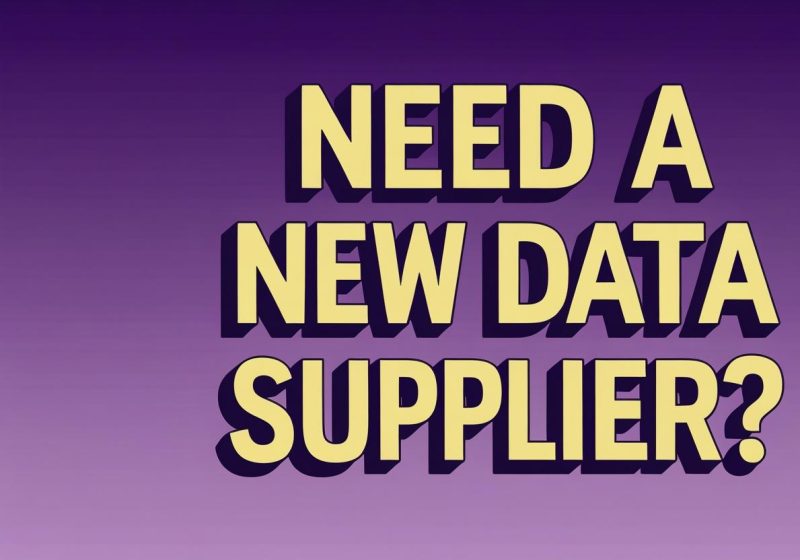Collecting and collating marketing data is an integral part of any business strategy, allowing a business to better understand its target audience and tailor products, services and marketing campaigns accordingly.
Getting your hands on this data is just the first step, however. After acquiring information about your prospective customers, you’ll then need to separate it and decide what’s relevant and what’s not. For example, do you need to know your client’s favourite board game? If you’re in the business of selling board games, then yes: otherwise, it’s unlikely such data will be pertinent.
By using the customer marketing data types listed below and sorting your data accordingly, you’ll be able to better understand your customers and work towards developing more targeted, effective business strategies. Here is the typical pecking order when it comes to marketing data:
1) Identification Information
Top of the pile is, unsurprisingly, information which allows you to directly identify your customer. How are you going to reach out to them if you don’t know their name, their address or their contact details? Here are the basics you’ll need to get started with a marketing strategy:
- Name
- Date of birth
- Sex
- Postal address
- Email address
- Telephone number
- Occupation
- Social network details : Facebook, Twitter, LinkedIn, Google+, Instagram, the list goes on and on. In today’s increasingly cyber-centric world, the importance of social media should not be underestimated. Social media provides an easy and direct route to your customers.
2) Behavioural Information
After identifying potential clients, you’ll then need to understand how they interact with your company. Look at the following:
- Transaction history: Product purchase history (including cancellations, returns and refunds), as well as number of units purchased and frequency of purchases.
- Interactional data: All correspondence between the customer and you, whether it be complaints, requests, queries, etc.
- Online behaviour: A log of subscriptions, registrations, products viewed, etc.
- Social media: Behaviour on social media websites: time spent on each network, posts liked/shared/retweeted/commented upon, interactions with fellow users, etc.
3) In-depth Descriptive Information
To gain a better understanding of your target market and ensure your marketing finds its way to your potential customers, you’ll need to go beyond the nominal data above. In-depth information includes:
- Marital status
- Parental status
- Education level
- Employment history
- Lifestyle information
4) Customer Service Information
Normally gathered by customer questionnaires, this data will be helpful in determining where your services perform well, where they fall short and how they can be improved in the future. Customer service information usually includes:
- Customer service rating
- Product/service quality
- Likelihood of future purchases
- Likelihood of recommending to friends
- How services can improve
We can help
Of course, getting hold of all of this information may seem daunting, especially if you aren’t sure where to start. Selectabase provides comprehensive lists of potential customers, complete with full database information, tailor-made targeting abilities and direct support from our friendly, professional and experienced team of dedicated staff.
So, what are you waiting for? Take the first step in expanding your business today by contacting Selectabase on 01304 382 211, or emailing us at [email protected].






